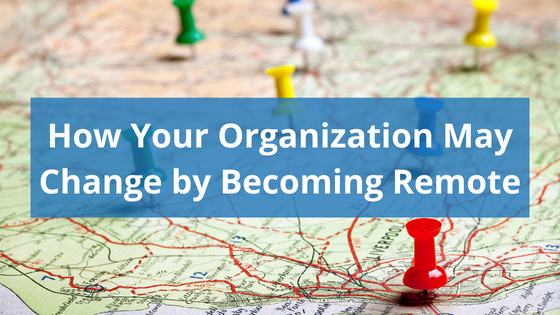In recent years more and more workers have begun working remotely, either full-time or some of the time. While the benefits for remote workers are clear – more flexible worktimes and lack of a commute, among others – it can be difficult to manage teams where one or more workers are remote. There are challenges when it comes to working in different time zones, not being able to meet face-to-face or just basic miscommunication that can crop up. We want to provide you with a few tools that could help you work better remotely.
Meetings
Meetings are a necessary evil in all work environments. Whether it’s a check-in for an ongoing project, a planning session, or some other important task, you probably have multiple meetings a week. The benefit is, it can be much easier to receive feedback or come to a decision when you sit down with colleagues and work together in real-time instead of sending endless emails with no resolution. However, when you have teammates who work remotely it can be stressful to plan meetings. Either you ask them to come into the office (which could be hundreds of miles worth of travel) or you conference them in, which could result in lack of participation because they get distracted, can’t chime in, or they are unable to get a sense of the atmosphere in the room. Luckily, there are a ton of video conferencing options available now. With video conferencing everyone can read facial expressions, the remote people are just as active and available as anyone else, you can share screens and documents, and there are even chat features in case someone has a question or aside but doesn't want to interrupt. There are many conferencing options, and we know that Zoom and Microsoft Teams that work for most teams.
Task completion
Although most business is done over email, it can be hard to manage due dates and tasks when your employees are not in the office. By using task management tools you can ensure that all sign-outs are assigned to the correct people, notes can be tracked, and tasks can be marked off once completed. This helps keep everyone accountable and informed of what work is being done. You can look into using software like asana or the tools that come with your Google or Microsoft account.
Creating a structured work environment at home
For remote employees' things can be difficult as well. It can be hard to focus on your work if you have children at home, deliveries being dropped off, work being done, or other daily hiccups that interrupt your workflow. While you don’t have the opportunity to chat with coworkers around the office, that can also create a negative experience since you may not feel as bonded to your colleagues. It is important that you give yourself the proper tools and space you need to succeed as a remote employee. Setting up a proper workspace, with a desk and monitors, is an important step to ensuring you have the space you need to separate your work and home life. Some people find it helpful to join a coworking space so they maintain an office environment without having to travel to their company’s physical location.
Remote work presents challenges as well as benefits, and it is important that your team develops the right structure and communication cadence to ensure everyone is succeeding. By researching software and tools that can improve the quality of your work, ensuring that everyone feels comfortable and confident, and communicating consistently and effectively, remote work can benefit you and your team.









Leave a Reply